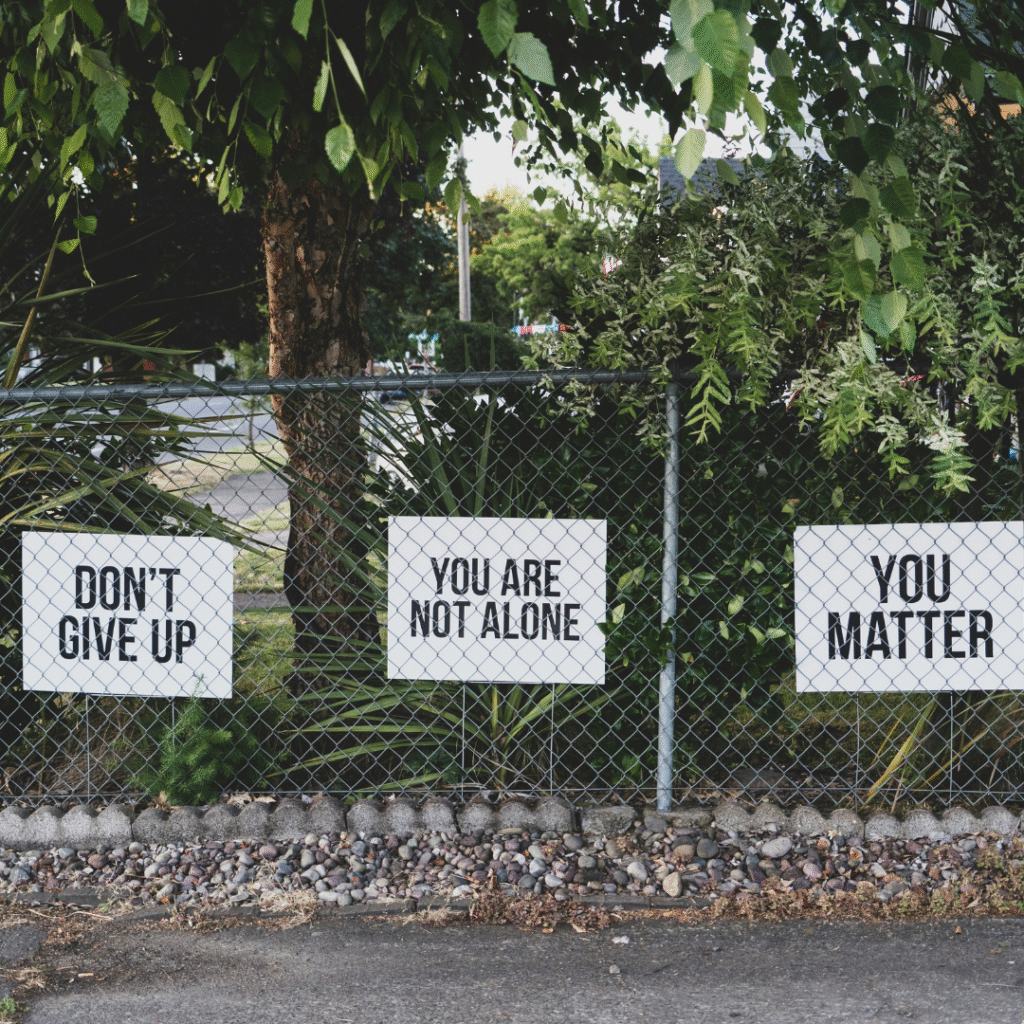Mental health is an essential part of our overall well-being, yet it often receives less attention than physical health. The truth is, mental health conditions are more common than many people realize, and they can affect anyone regardless of age, gender, or background.
In this article, we’ll explore key mental health facts, statistics, and insights that help us understand how widespread these issues are, who is most affected, and why awareness is so important.
How Common Are Mental Health Problems?
Mental health problems are far more common than most people think. Research suggests that 1 in 4 people will experience a mental health problem each year, while 1 in 6 people report experiencing a common mental health condition—such as anxiety or depression—in any given week.

That means nearly every family, workplace, and community is touched by mental health in some way.
Common Mental Health Diagnoses
Mental health conditions can vary widely, from short-term struggles to long-term, chronic illnesses. In any given week, some of the most frequently reported conditions include:
-
Mixed anxiety and depression: 8 in 100 people
-
Generalized Anxiety Disorder (GAD): 6 in 100 people
-
Post-Traumatic Stress Disorder (PTSD): 4 in 100 people
-
Depression: 3 in 100 people
-
Phobias: 2 in 100 people
-
Obsessive-Compulsive Disorder (OCD): 1 in 100 people
-
Panic disorder: fewer than 1 in 100 people
Some conditions are more complex and may be diagnosed at different points in a person’s life. For example:
-
Antisocial Personality Disorder (ASPD): 3 in 100 people (lifetime risk)
-
Borderline Personality Disorder (BPD): 2 in 100 people (lifetime risk)
-
Bipolar disorder: 2 in 100 people (lifetime risk)
-
Psychotic disorders, including schizophrenia: fewer than 1 in 100 people (in any given year)
It’s important to remember that diagnoses can change over time. A person may experience different conditions throughout their life, and some labels—like personality disorders or schizophrenia—remain controversial due to stigma.
Suicidal Thoughts and Self-Harm
Suicidal thoughts and self-harm are not mental health diagnoses themselves, but they are closely linked to poor mental health. Research shows that over the course of a lifetime:
-
1 in 5 people experience suicidal thoughts
-
1 in 14 people self-harm
-
1 in 15 people attempt suicide
Interestingly, women are more likely to experience suicidal thoughts and attempt suicide, but men are three times more likely to die by suicide.
This highlights the complexity of mental health struggles and the urgent need for better support systems.
Are Mental Health Problems Increasing?
Over the past few decades, the number of people reporting mental health problems has risen. Between 1993 and 2014, cases of common mental health conditions increased by 20% in both men and women.

Other trends include:
-
The percentage of people reporting severe symptoms rose from 7% in 1993 to over 9% in 2014.
-
Young women are increasingly reporting common mental health issues.
-
Suicide rates, which had been declining, began to rise again after 2018.
-
Reports of self-harm increased by 62% between 2000 and 2014.
-
Reports of suicidal thoughts increased by 30% between 2000 and 2014.
The sharp increase in self-harm and suicidal thoughts suggests that while more people are acknowledging their struggles, many may be finding it harder to cope.
Who Is Most Affected by Mental Health Problems?
Mental health conditions can affect anyone. However, some groups are more vulnerable due to social, economic, or cultural factors.
1. LGBTQIA+ Community
People who identify as LGBTQIA+ are 2 to 3 times more likely than heterosexual individuals to report having a mental health problem. Factors such as stigma, discrimination, and exclusion play a major role.
2. Racial and Ethnic Minorities
Around 23% of Black or Black British people experience a common mental health problem in any given week, compared to 17% of White British people. This higher risk is often linked to systemic inequalities and social disadvantage.
3. Young Women
Mental health problems are particularly common among young women aged 16–24. About 26% of women in this age group report a mental health issue in any given week, compared to 17% of adults overall.
4. People Facing Multiple Disadvantages
Around 40% of people dealing with homelessness, substance misuse, or criminal justice involvement also have a mental health problem. This overlap shows how mental health challenges often intersect with other difficulties in life.
Causes of Mental Health Problems
Mental health conditions don’t have a single cause. Instead, they are shaped by a mix of biological, psychological, and social factors. These may include:
-
Genetics and family history
-
Chemical imbalances in the brain
-
Trauma or abuse
-
Chronic stress
-
Discrimination and inequality
-
Social isolation
-
Poor physical health
It’s important to understand that identity itself (such as race, gender, or sexuality) doesn’t cause mental health problems. Rather, inequality, stigma, and negative experiences increase the risk.
Treatment and Support
Despite the widespread nature of mental health struggles, access to treatment remains limited. Research suggests that only 1 in 3 adults with a common mental health problem receive treatment—usually through medication, therapy, or a combination of both.
The most commonly offered treatment is psychiatric medication, although talking therapies such as cognitive-behavioral therapy (CBT) are also highly effective.
Early intervention, awareness, and supportive communities can play a huge role in improving outcomes.
Stigma and Mental Health
One of the biggest barriers to treatment is stigma. Many people hesitate to seek help because they fear being judged, misunderstood, or discriminated against. This is especially true for conditions like schizophrenia or personality disorders, which are often portrayed negatively.
Breaking down stigma requires open conversations, education, and a recognition that mental health is just as important as physical health.
The Importance of Awareness
Raising awareness about mental health facts is crucial because:
-
It helps people recognize early warning signs in themselves or others.
-
It encourages individuals to seek professional help without shame.
-
It allows communities and workplaces to create supportive environments.
-
It reduces stigma and discrimination.
-
It promotes healthier lifestyles and coping strategies.
Key Takeaways
-
1 in 4 people experience a mental health problem each year.
-
Common conditions include anxiety, depression, and PTSD.
-
Self-harm and suicidal thoughts are increasing, especially among young people.
-
Certain groups—such as LGBTQIA+ individuals, racial minorities, and young women—are at higher risk due to social factors.
-
Only one-third of people with mental health problems receive treatment.
-
Stigma remains one of the biggest barriers to seeking help.
Conclusion
Mental health is a universal issue that affects millions of people every year. The facts and statistics reveal a growing need for better awareness, accessible treatment, and supportive communities. While progress is being made, more work is needed to reduce stigma and ensure that everyone has the chance to live a mentally healthy life.
Recognizing these realities is the first step toward change. By talking openly, supporting each other, and addressing the root causes of mental health problems, society can move toward a future where mental well-being is prioritized as much as physical health.




